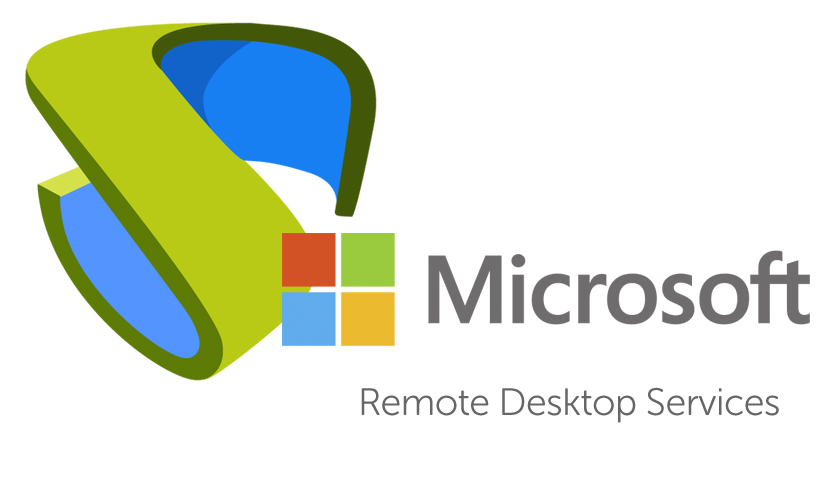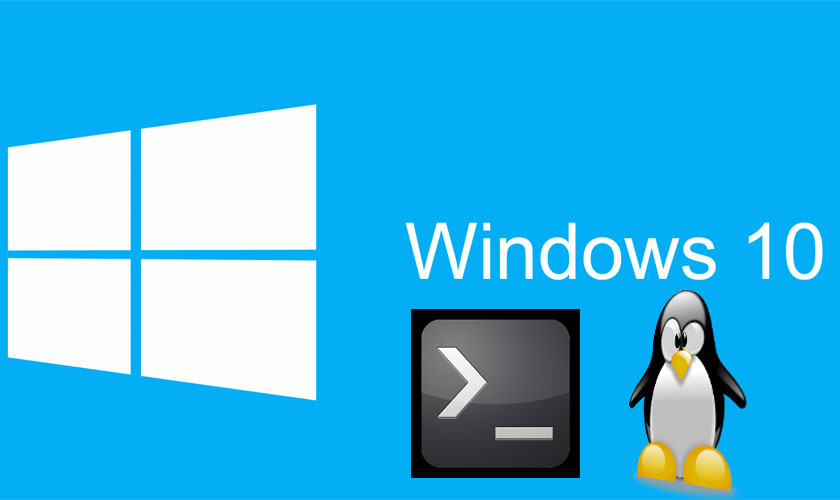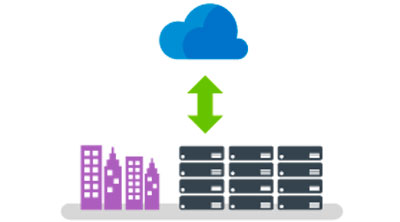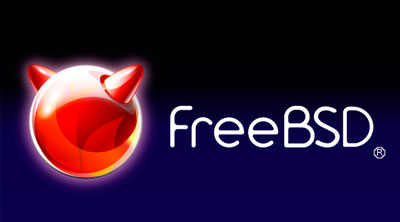
Deploy RDS Virtual vApp with UDS Enterprise
UDS Enterprise’s “RDS Application Provider” makes it easy to deploy virtual applications through Microsoft Remote Desktop Services (RDS).

UDS Enterprise’s “RDS Application Provider” makes it easy to deploy virtual applications through Microsoft Remote Desktop Services (RDS).

Microsoft Windows Subsystem for Linux is evolving into a credible alternative to running Linux inside Windows on VMs. A massive set of changes to the Windows Subsystem for Linux (WSL) was rolled into Windows Insider build 15002, which, according to infoworld.com, started shipping to Windows 10 users on January 9, 2017.

Microsoft has announced that the preview of Azure Service Fabric for Linux will be available on September 26, during the Microsoft Ignite Conference that will be held in Atlanta (EEUU). This announcement means that Service Fabric clusters in Azure can be provisioned using Linux as host operating system and deploy Java applications in Service Fabric clusters. Initially, Service Fabric for Linux will be available for Ubuntu and it will also support RHEL soon.

We’re back to school and to start the week we’re compiling the most read articles in our blog during the summer. The comparison between Microsoft‘s and VMware‘s hypervisors, the deployment of an Open Source desktop virtualization infrastructure with oVirt* and the list of the top 2015 Open Source software have been the most popular posts.
Find below the links to these articles so that you can keep up to date with the most outstanding topics related to VDI and Open Source according to our followers:

Microsoft has announced the availability of FreeBSD in Azure marketplace and official support as a guest on Hyper-V, meaning Microsoft Support will answer any question and will fix any issue reported by customers.
The company explains in the official blog that many virtual appliance verndors base their products on FreeBSD operating system, and that’s why they decided to develop FreeBSD 10.3 as a ready-made VM image to run in Azure, as Hyper-V is the virtualization platform for Azure.

This year, the term Hyper-V nested virtualization is everywhere, and not only because it is a new Hyper-V Server 2016 feature, but because od the implications on another technology whic is becomng more and more popular: containers.
The support for containers is one key benefit of Hyper-V nested virtualization, since it brings a new take on VMs, with less overhead and more flexibility to develop and deploy applications.